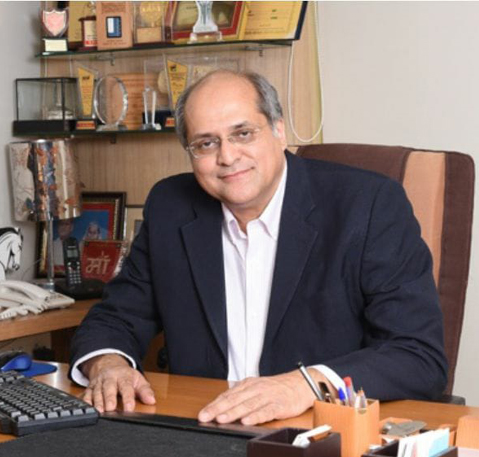
Stem cell therapy has emerged as a promising treatment for numerous neurological disorders. It has brought about a revolution in the field of medicine by changing the long-standing belief that brain and spine once damaged cannot be repaired. Yes, brain and spinal cord can be repaired now. In this chapter, we have introduced the basic concepts of stem cells, how it works in children with neurological disorders and clinical evidence in disorders such as autism, cerebral palsy, intellectual disability, Down syndrome, muscular dystrophy and traumatic brain injury.
What are stem cells?
Stem cells are blank cells which are the foundation of every tissue / organ in the human body. They can divide, self-renew and differentiate into specialized cells. When a stem cell divides, each new cell can either remain a stem cell or become another type of cell with a more specialized function, such as a brain cell, nerve cell, muscle cell, or a red blood cell. They exist naturally in different areas Of the body and are important for growth, healing, and replenishing the cells lost due to daily wear and tear.
What are different Types of Stem Cells?
Embryonic stem cells: These cellsare derived from 3-4 days old waste embryos in the IVF clinics. These are most potent, but their use involves ethical and moral issues. Side effects include potential teratoma (benign tumor) formation. They are not allowed for clinical therapeutic purpose in human beings.
Umbilical cord blood cells: Umbilical cord blood is a rich source of stem cells. These cells are stored in cord blood banks and can be revived when required. It is complex procedure of cells isolation processing , sepration and storage , etc.
Adult stem cells: These cells are derived from adult tissues such as bone marrow, adipose tissue , dental pulp , etc. And are the most used in clinical practice. They have ethical issues or controversies, are safe tor use, especially the autologous cells which are cells from the same patient.
How do stem cells work in children with neurological disorders?
Stem cells which are already present in the body require an internal or an external cue to trigger their differentiation. In neurological disorders, the brain or nerve cells get damaged or are dead which triggers the existing stem cells. However, the existing stem cells are limited in number. Hence, stem cell therapy, which involves administration of stem cells, helps in enhancing the repair process.
Stem cells act in two ways:
Direct Effects: Direct replacement of damaged or lost cells. Stem cells when transplanted migrate towards the damaged areas of the nervous system. They differentiate into the host tissue cells and replace the damaged/ dead neuronal tissue.
Indirect Effects: Indirectly through paracrine mechanisms. They secrete growth factors (BDNF, FGF, VEGF) which are responsible for various repair mechanisms such as angiogenesis (forming new blood vessels), anti-inflammation, modulating the immune system, halting further damage of the cells, etc.
Mechanism of action of stem cells
In disorders such as autism, ADHD, ID, Down syndrome, Learning Disability stem cells address the core underlying pathology wherein the neural connectivity is affected due to which there is fault in information processing. They help in reestablishing this connection through different mechanisms such as remyelination, synaptogenesis, etc and thereby restoring lost neuronal functions.
In cerebral palsy, there is permanent damage in the white matter of the brain due to lack of oxygen or blood flow which affects the development of the child and causes motor and physical impairments. Stem cells repair the brain damage by regenerating and replacing the dead white matter cells and also by forming new blood vessels which increase the oxygen and blood supply to the brain. This helps in the motor development of the child and also improves the functional abilities.

Dr. Alok Sharma
Stem Cell Therapy

Dr. Nandini Gokulchandran
Stem Cell Therapy
Copyright @2024 All rights reserved by Genesis Neurogen Rishabh Vihar. Promotion by: Kite Web Technologies Pvt. Ltd. G o o g l e Partner